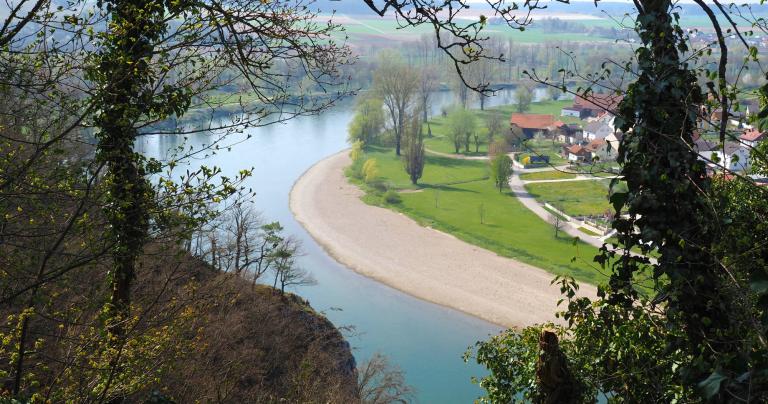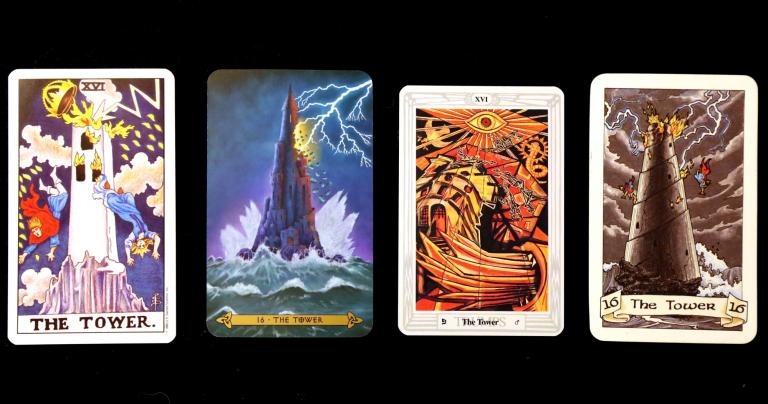Sunday’s post The Storm Is Here: Remove Distractions and Deal With It was about the metaphysical storm we’re dealing with at the moment. It had a sense of urgency about it: get rid of your distractions and deal with the storm. Clearly it resonated with many of you – Sunday was the busiest day on Under the Ancient Oaks since Ostara.
Yet in the days before that I had several posts about priesthood, temples, beliefs – things that simply aren’t as urgent as the storm. And I’ve got three more such posts in the queue, including one originally scheduled for today. What gives? How is any of this as important as dealing with the urgent work in front of us today?
That’s a fair question, and it deserves an answer.
We can work on more than one thing at once
You need not be a champion of corporate multitasking to understand that we can have several projects going at once. Some things require your absolute attention – I don’t want my doctor multitasking during surgery. But in many cases we can work on one thing for a while, then set it aside and pick up something else. This is especially true if your projects have waiting time involved – you can wash dishes while your cake is in the oven. I prefer to write blog posts in a single session, but that’s rarely possible, and even when it is I often find I write better when I work on something else for a day or two and then come back to it.
Of course, sometimes I come back and think “this is not going to work!” and throw it out. But that’s better than posting something mediocre and only realizing it after it’s already up.
We can work on removing distractions, preparing for conflicts, or surviving a hurricane and still contemplate the nature of the Gods, the philosophy of Socrates, or the architecture of the library we want to build when we have the resources. We can work on more than one thing at a time.
Visualize what you want, not what you want to be rid of
My childhood was difficult. It was not abusive and it was better than many, but it was still difficult, and I wanted out.
[As an aside: the fact that other people had or have things worse doesn’t reduce your suffering one bit – never let anyone tell you what you are or were going through isn’t real.]
I had a plan. Finish high school. Go away to college. Get a professional job. Build a life the way I wanted to live it.
During that time I had to focus on the day to day activities that were a part of that plan: do homework, study for tests, apply for scholarships… and do what needed to be done to keep the stress levels down in my environment.
That involved a lot of biting my tongue and remembering the plan, and especially remembering the vision of what things would be like when I was “there.”
I knew nothing of creative visualization techniques at the time. But that’s what I did. I saw myself where I wanted to be, living the way I wanted to live. And it worked. Not quickly and not easily, but it worked.
That’s still the greatest magical working of my life.
We aren’t trying to deal with the storm just to survive. We’re trying to deal with the storm so we can build a better world in its aftermath – or even while it’s still raging. And building a better world requires a vision of just what it is we want to build.
For some, that’s a political vision. For others it’s a cultural vision. For me, it’s a religious vision. I’m going to get through the storm and I’m going to help build a robust Pagan and polytheist movement at the same time.
A constant state of emergency is no way to live
I’ve never been in an actual war. Those who have say that living in a constant state of heightened vigilance is exhausting. People who live in extreme poverty or in violent neighborhoods say much the same thing. PTSD (post-traumatic stress disorder) isn’t only caused by big horrific things – it can also be caused by a continuous series of stressors.
This can happen in our religion and spirituality too. I experienced some of this growing up in a fundamentalist church where the fear of going to hell was preached non-stop. I sometimes see it in Paganism with people who constantly think they’re under a curse or under magical attack (these things do happen, but they’re not common and they’re rarely repetitive).
Being aware of our environment is good and necessary. Understanding the major metaphysical forces in play helps us understand the currents of the waters in which we swim, which in turn helps us prepare for what’s coming as we move down the stream. But if we spend all day every day worrying about Tower Time, we’ll end up like the people in The Tower Tarot card.
Hold on to what gives you strength and joy. Ground yourself in the power of your Gods and ancestors. Work on the kinds of things that help others do the same.
And keep your vision for the future clearly in your mind.
Build for the future
Some of the most effective magic in the Western world comes from late antiquity, when many Pagan religions were in the process of being obliterated by Christianity, and when the Pax Romana was in serious decline as the empire collapsed. Magic couldn’t save Rome, but it helped countless people improve their lives… and preserve their knowledge for those who came after them, including us.
This storm – or Otherworldly change, or whatever we should call it, which will be the topic of another post in the near future – presents challenges. What can we learn from or through or in spite of these challenges that we can leave for those who come after us?
What institutions can we start building now that our descendants can continue building after we’re gone?
What do you want the Pagan movement to look and feel and be like in 20 years? In 100 years? In 300 years?
See it. Visualize it. Plan it.
And then start building it.


















